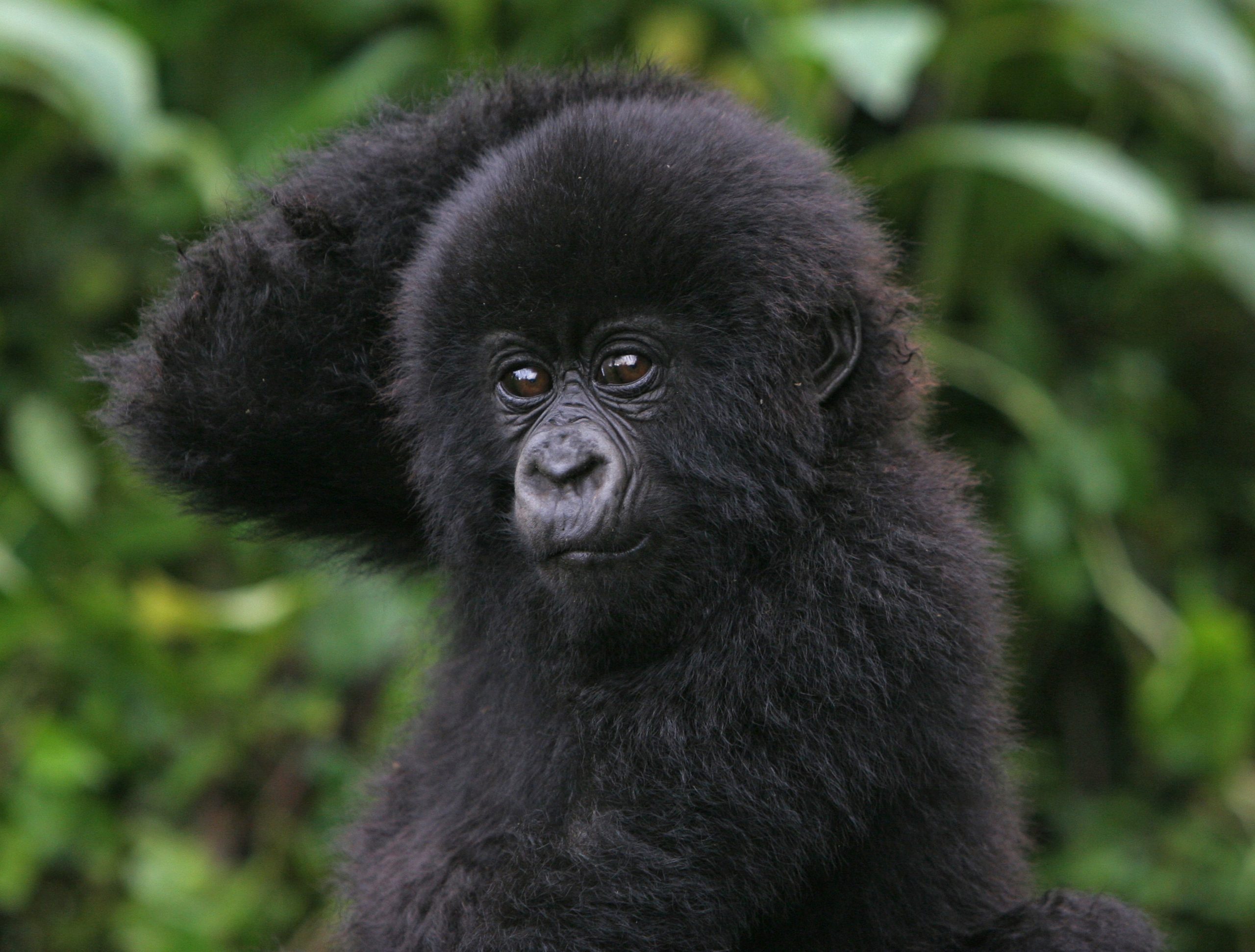Gorilla tracking is one of the most remarkable wildlife experiences you can have. Trekking through lush, dense rainforests to encounter endangered mountain gorillas in their natural habitat is a thrilling and transformative adventure. Uganda and Rwanda are the two premier destinations for gorilla tracking, each offering unique experiences, landscapes, and conservation initiatives. If you’re dreaming of this incredible encounter, here’s what you need to know about gorilla tracking in both Uganda and Rwanda, from the differences between the countries to permits, the best times of year, photography and ideas about other areas to combine with your gorilla tracking experience.
Uganda vs. Rwanda: Key Differences in Gorilla Tracking
While both Uganda and Rwanda offer unforgettable gorilla tracking experiences, there are a few key differences to consider:
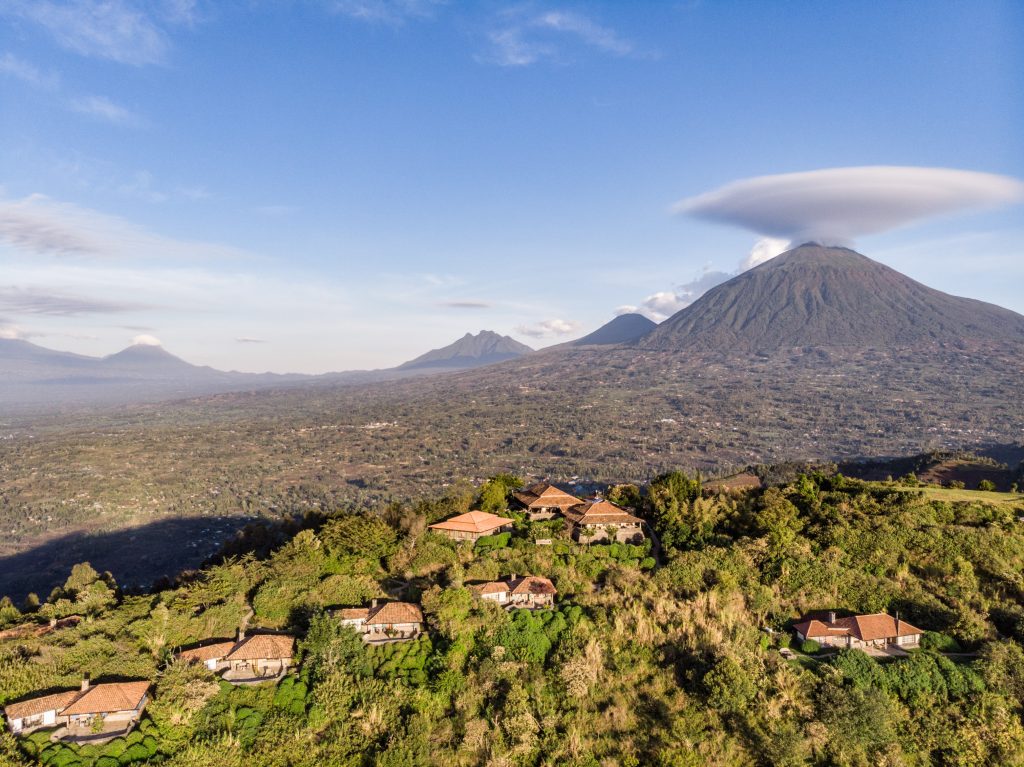
Uganda
This stunning country is home to both Bwindi Impenetrable National Park and Mgahinga Gorilla National Park, with Bwindi being the more popular choice due to its higher number of habituated gorilla families. The landscape in Uganda is dense, with thick, tropical rainforests and rugged terrain. Gorilla tracking here can be more physically demanding, with the steep more mountainous environment, even though you are at a lower altitude than you would be in Rwanda. For many adventurers, that adds to the sense of reward when they finally meet the gorillas.
Rwanda
Equally beautiful, the gorilla tracking in Rwanda takes place in Volcanoes National Park and is often seen to be a more accessible experience than Uganda. The park’s terrain consists of bamboo forests and open, gentler, slopes, making treks generally easier and shorter compared to Uganda. Rwanda’s infrastructure, particularly its roadways and luxury accommodations, is more developed, and the country has branded itself as a luxury gorilla tracking destination. If you’re looking for ease of access and a shorter trek, Rwanda might be your pick.
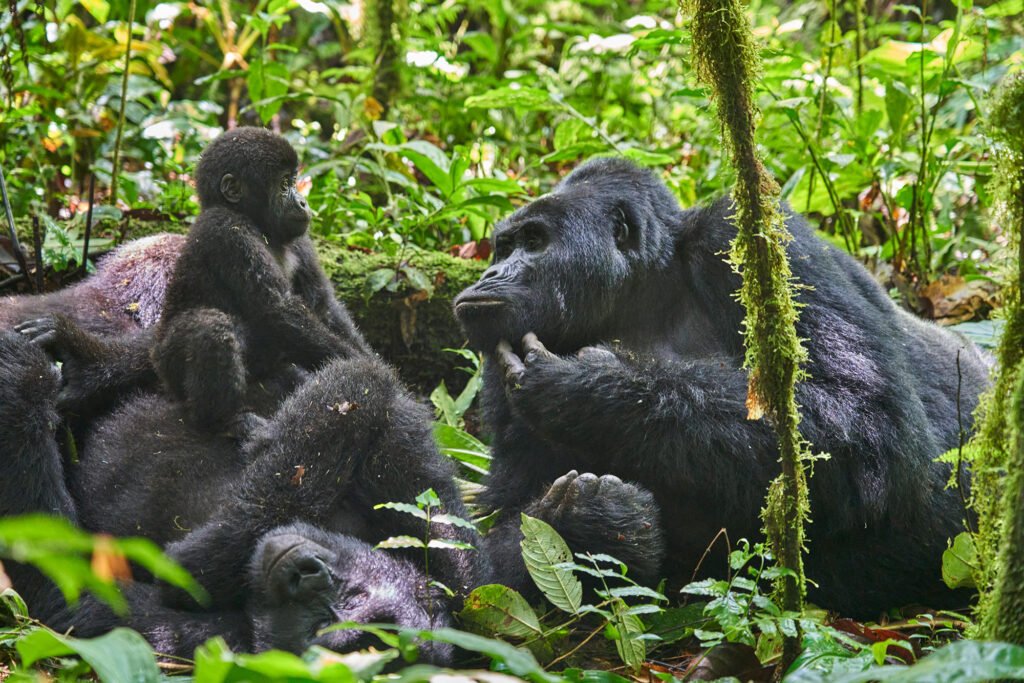
Gorilla Tracking Permits: Uganda vs. Rwanda
One of the main factors that differentiates gorilla tracking in these two countries is the cost of permits.
In Uganda, the cost of a standard gorilla trekking permit is $700 per person (as of 2024). This gives you one hour with these magnificent animals. Alternatively, Uganda also offers a special Gorilla Habituation Permit in Bwindi Impenetrable National Park. This gives you up to four hours with a gorilla family as they become accustomed to human presence. This is in a smaller group than the standard permit would be and you are with the gorilla rangers habituating them, affording the opportunity to get a deeper insight into the family. For this longer, and more immersive experience, the cost is $1,500 per person (as of 2024).
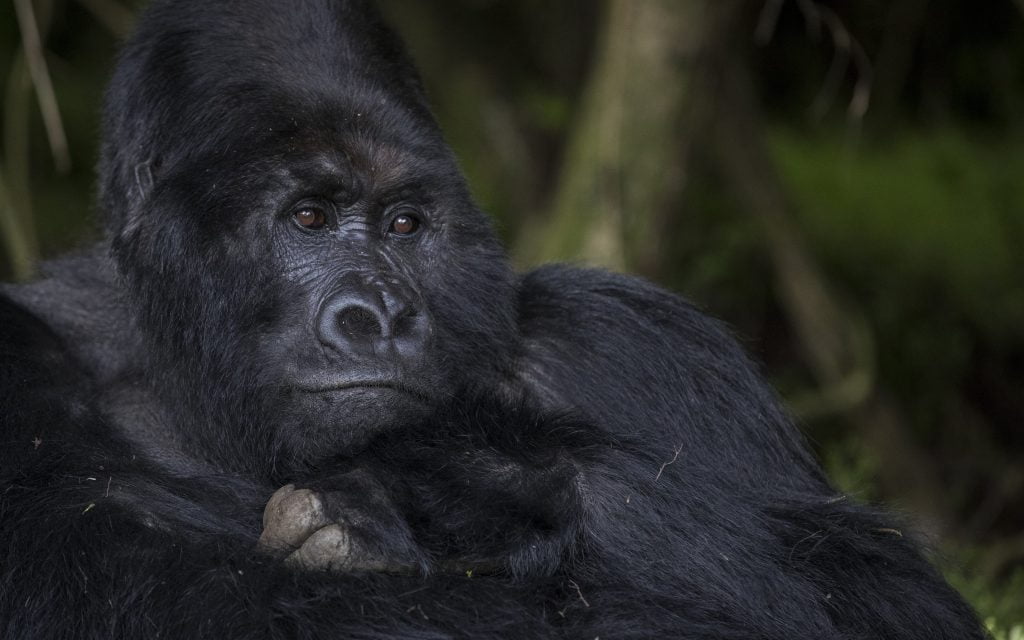
In Rwanda, a standard gorilla tracking permit is significantly higher at $1,500 per person (as of 2024). This again allows you to spend up to one hour with the family of gorillas you are tracking. During the low season, from November to May, it is possible to purchase permits for 30% less if you trip combines at least two nights in either Akagera National Park or Nyungwe National Park.
Both countries offer a limited number of permits each day to ensure minimal disruption to the gorillas and to manage the conservation efforts responsibly, so it’s crucial to book your permit well in advance, especially during peak travel times. They are sold on a ‘first come, first served’ basis.
Best Time of Year for Gorilla Tracking
Gorilla tracking in Uganda and Rwanda is possible year-round, and given the altitude and proximity to equator, there is a chance of rain throughout the year. However, there are two distinct seasons to consider:
Dry Season: Usually considered to be the optimum time to go gorilla tracking is during the two dry seasons, from June to September and December to March. During these periods tends to be less rainfall, making the tracking more accessible and less physically demanding. In addition, due to the availability of food, the gorillas tend to stay at lower altitudes, making them slightly easier to reach.
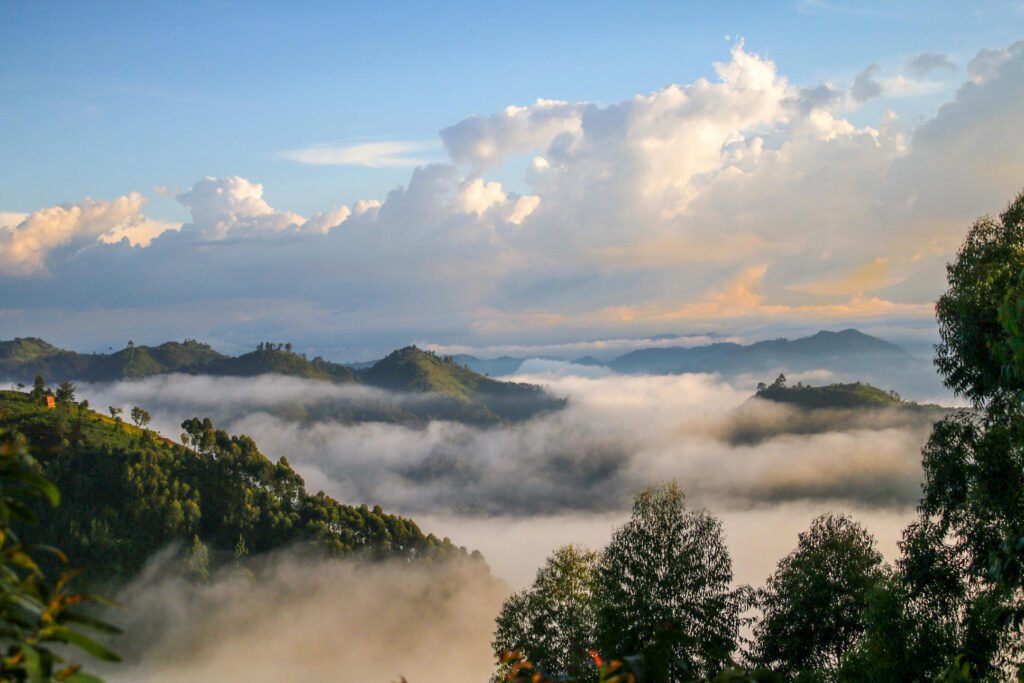
Wet Season (Low Season): The so-called rainy seasons occur from March to May and October to November. Tracking can be more challenging due to the muddy conditions and slippery trails. It is worth noting that the the rain brings a lush environment, perfect for photography, and fewer tourists can mean more intimate tracking experiences.
What to Combine with Gorilla Trekking in Uganda and Rwanda
Gorilla tracking is often a highlight, but it’s worth combining it with other incredible experiences in Uganda or Rwanda to make the most of your trip.
– Murchison Falls National Park: the park gets its name from the stunning waterfall where the Victoria Nile plunges over a 45 metre cliff. In addition there is wonderful wildlife viewing to be enjoyed, including all the key African species, and it is home to the extraordinary Shoebill.
– Kibale National Park: Home to 13 different primate species, Kibale Forest is particularly known for the chimpanzee tracking which is offered here. In addition, engaging and informative forest walks, cultural encounters and stunning scenery can all be enjoyed here.
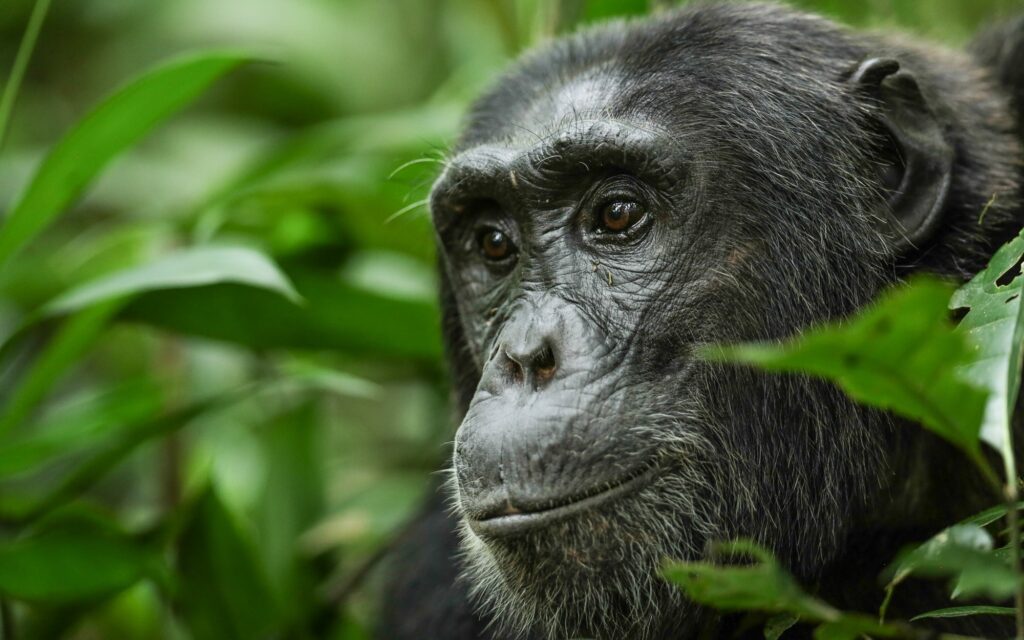
– Lake Mburo National Park: this pretty little park is home to a wide variety of African mammals, including hyena, leopard and hippo. With plentiful birdlife and diverse activities including boat cruises, game drives, nature walks and horse riding.
– Nyungwe Forest National Park: A prime destination for chimpanzee tracking in Rwanda, it is home to a total of 13 different primate species. A UNESCO World Heritage Site, this park is an important site for bird conservation with over 300 recorded species. It is also known for its tree top canopy walkway, which offers a unique view of the forest.
– Akagera National Park: A stunning savannah reserve, ideal for safaris to see iconic African wildlife including black rhino, lion, leopard, elephant, giraffe and much more besides. The park is also home to Lake Ihema, which offers the opportunity to take a boat safari. With great community benefits, conservation efforts and few visitors, this is a gem of a national park and well-worth including.
– Kigali: Rwanda’s vibrant capital city offers excellent cultural and historical experiences, including a visit to the Kigali Genocide Memorial, local markets, and modern art galleries. It is well-worth spending time absorbing all this fascinating city offers.
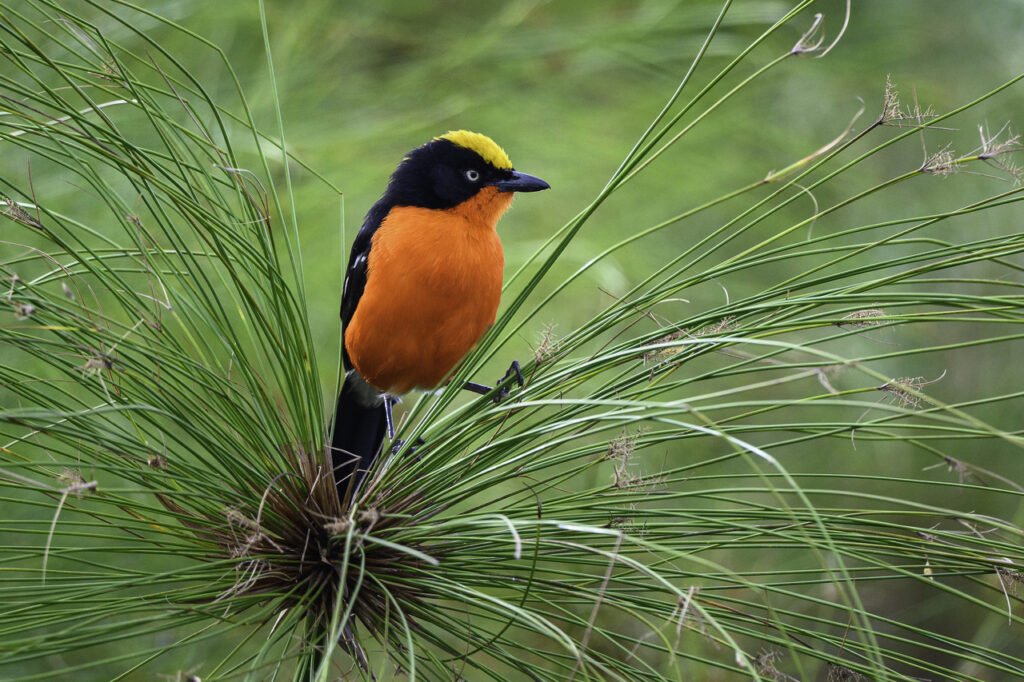
Photographing Gorillas
Photographing gorillas in Uganda and Rwanda is an unparalleled wildlife experience, offering the chance to capture these majestic creatures up close in their natural habitat. In Uganda, the dense forests of Bwindi Impenetrable National Park provide a dramatic backdrop, with misty jungles and thick foliage framing your shots. With no flash photography allowed, it is worth getting to know your cameras settings for low-light photography to ensure the perfect shot.
In Rwanda, Volcanoes National Park offers stunning views of rolling hills and volcanoes, adding a unique depth to your images. With gorillas largely found in stands of bamboo, natural light may be more abundant for photographers.
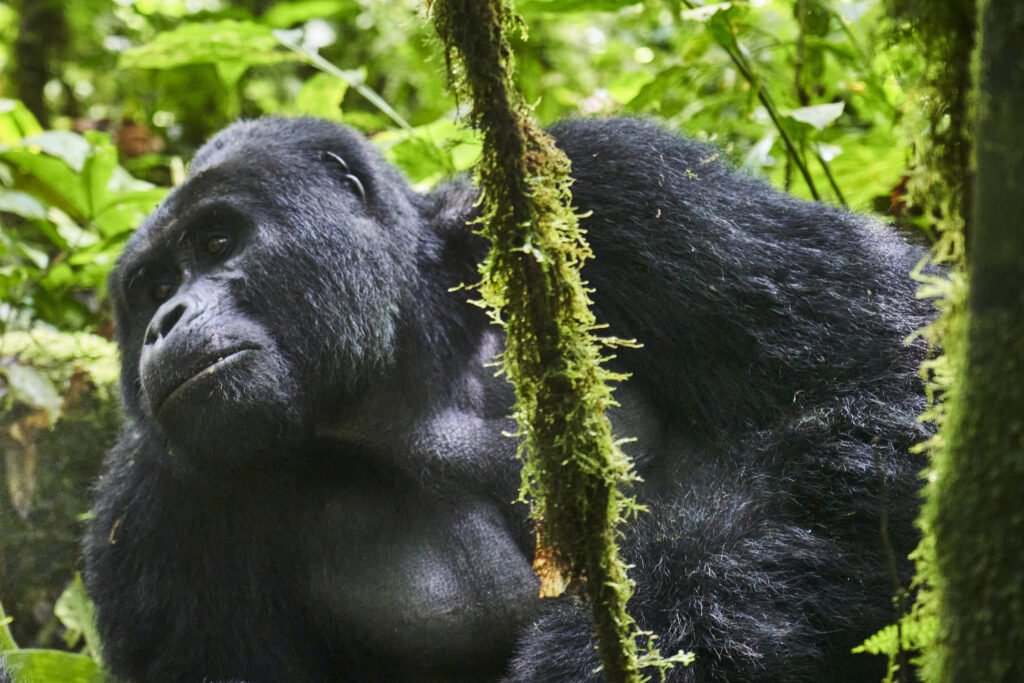
Both countries have strict guidelines to ensure minimal disturbance to the gorillas, including maintaining a 7-meter distance and avoiding flash photography. With patience and a good zoom lens, you can capture intimate moments—whether it’s a silverback’s commanding gaze or playful interactions among the younger members of the troop. The key to successful gorilla photography is respect for the animals, allowing them to feel at ease, while you focus on capturing their remarkable beauty and behaviour.
How many times should I track them?
At Ganders Travel we tend to recommend tracking the gorillas twice during your trip if you can. This offers you the opportunity to see a different family, and perhaps behaviours. In addition, the first time people see the gorillas they often spend time taking photographs and don’t really ‘see’ the animals. With a second opportunity people tend to be less worried about the photograph, having got plenty before, and spend more time observing them.
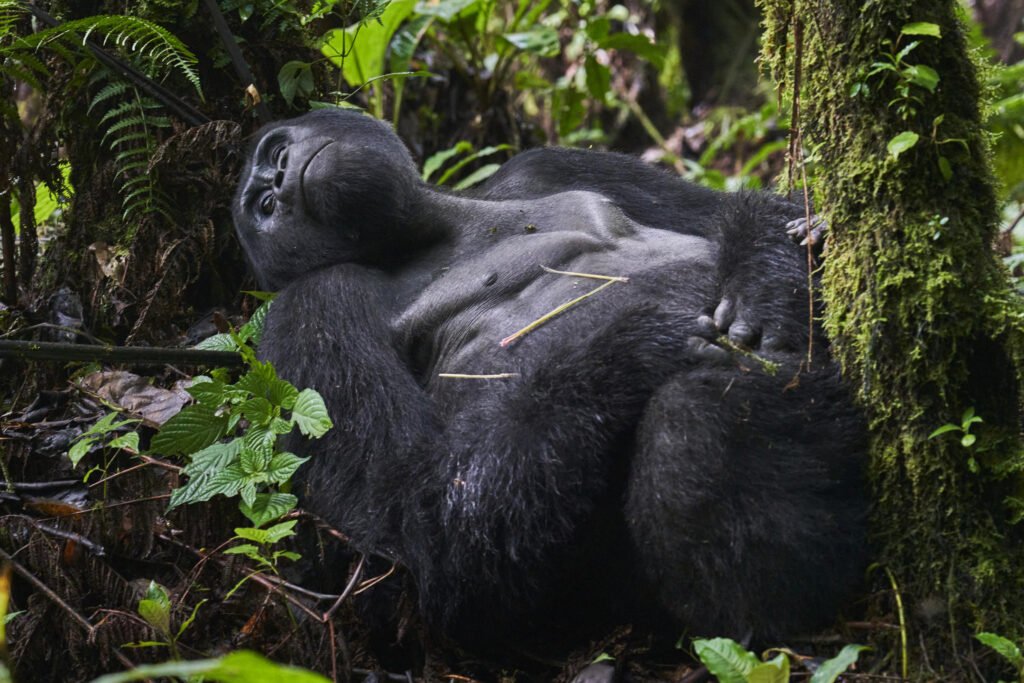
Final Thoughts
Whether you choose Uganda or Rwanda, or perhaps seeing them in both countries for a diverse experience, you’re guaranteed a life-changing experience. The excitement of trekking through dense forests and coming face-to-face with a gorilla family is unlike anything else. While the terrain and permit costs vary between Uganda and Rwanda, both countries have dedicated themselves to protecting these majestic creatures and ensuring sustainable tourism practices. Whichever destination you choose, your contribution helps fund critical conservation efforts for these endangered species. So pack your trekking boots and prepare for an extraordinary journey into the wild.
If you would like to chat about a trip to see the mountain gorillas, or any other holiday to Africa or the Indian Ocean, please do get in touch with Lucinda and she would be delighted to help.
